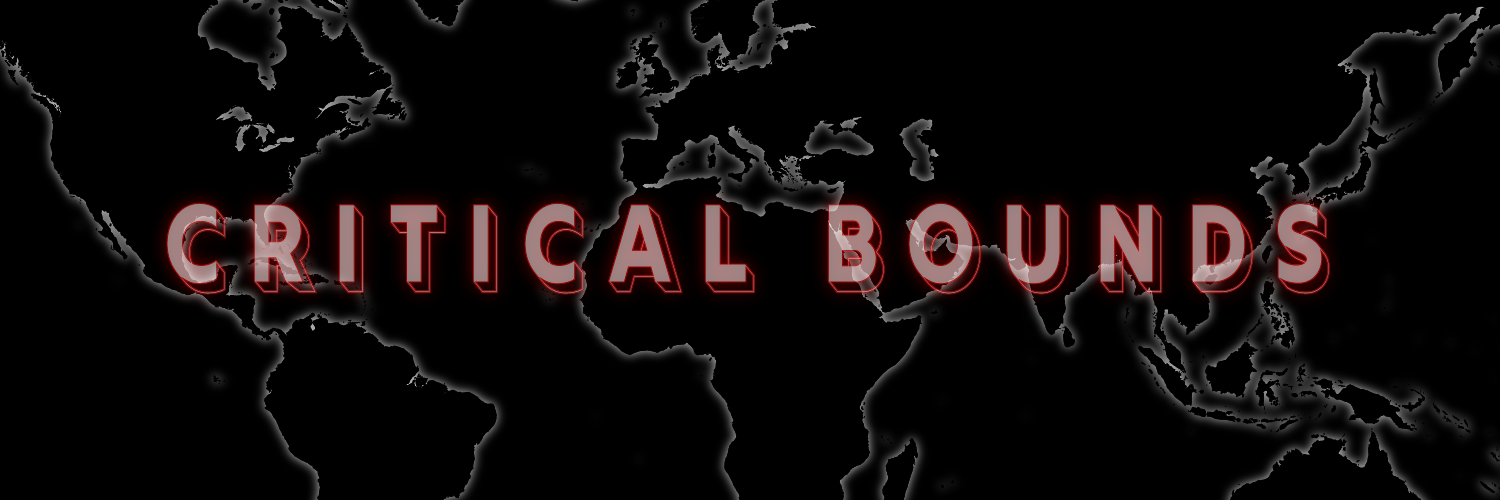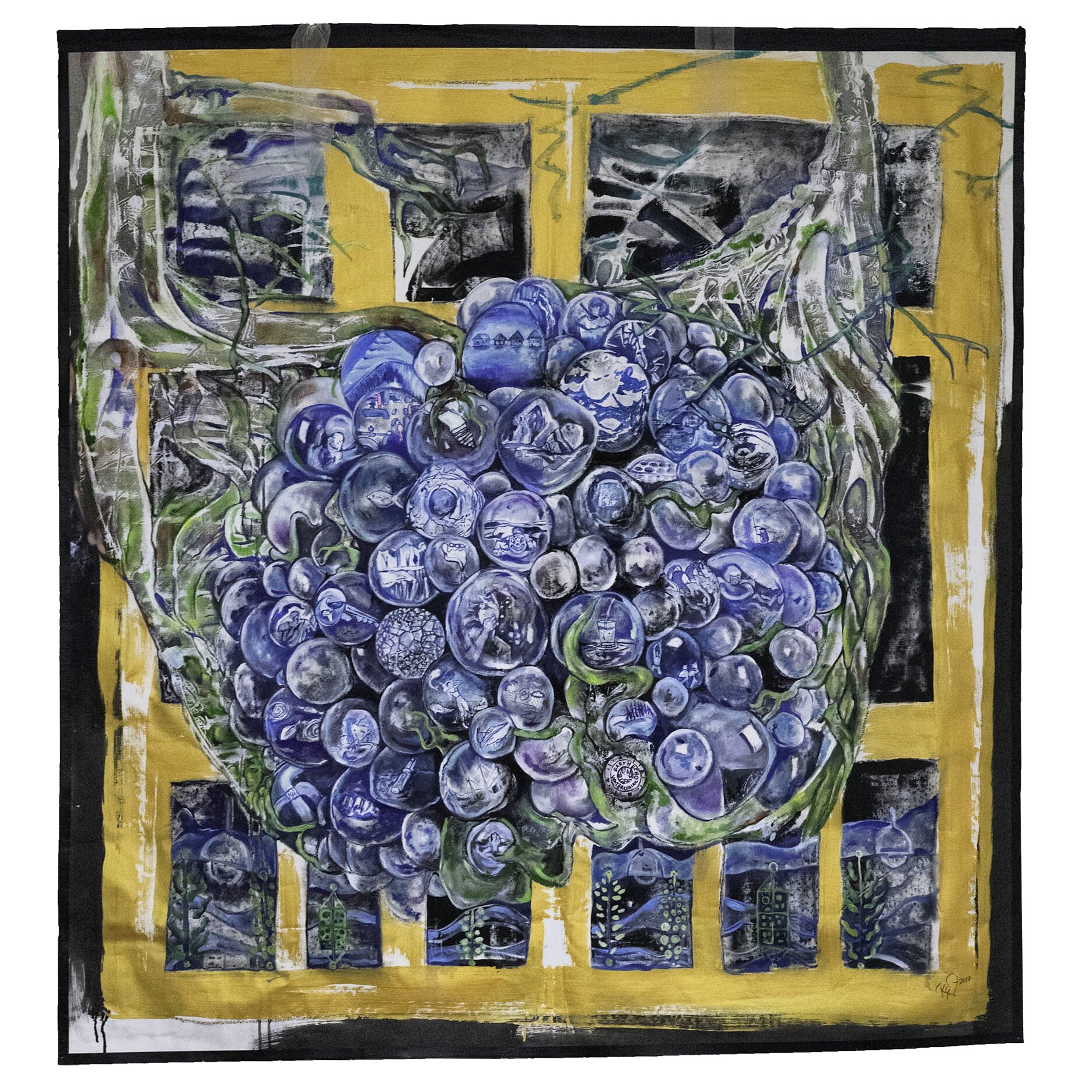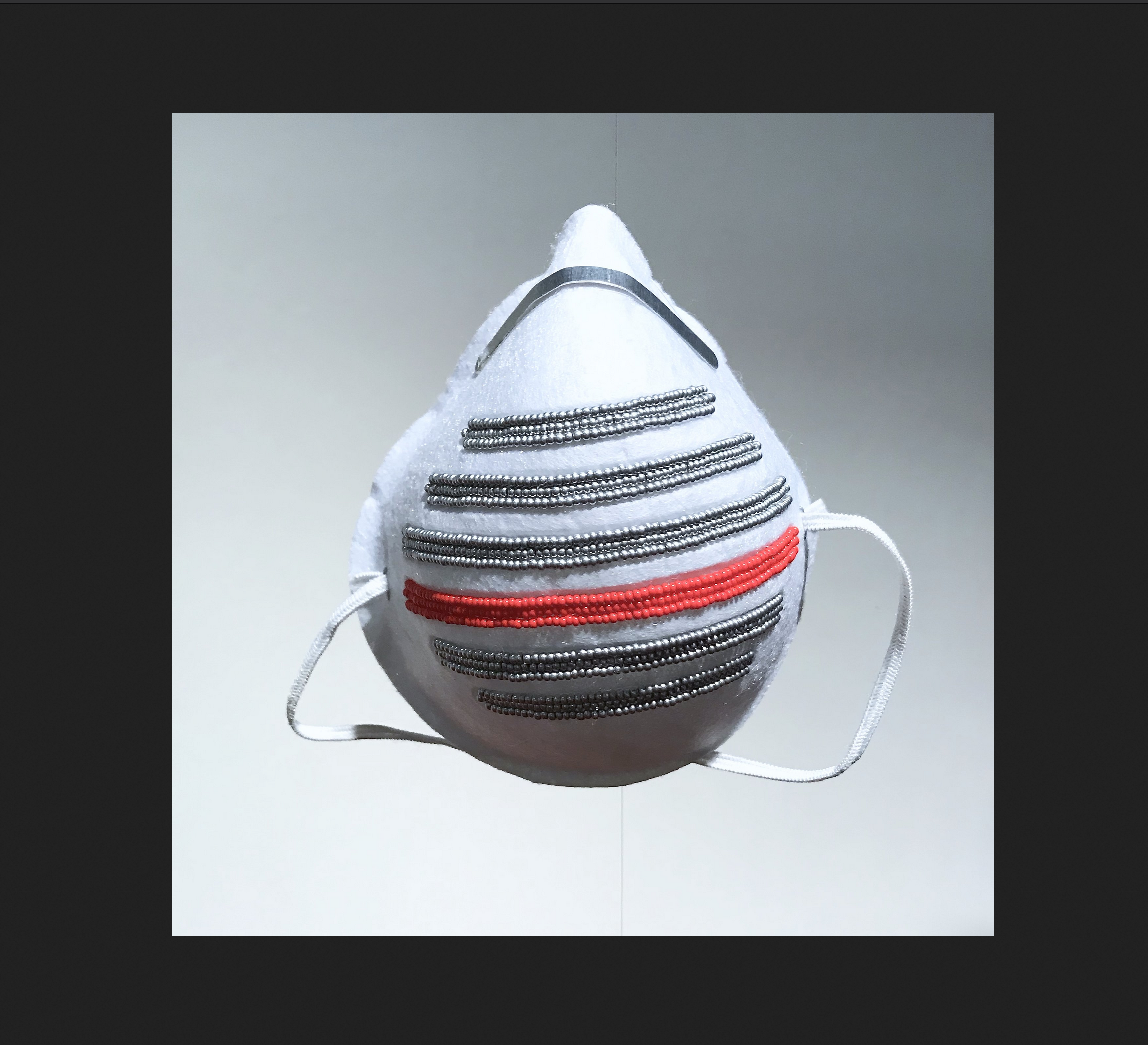Head over to Soundcloud to tune in to our latest episode for our "Art and Climate Crisis" segment with Pinar Yoldas! Pinar is an infradisciplinary designer/artist/researcher. Her work develops within biological sciences and digital technologies through architectural installations, kinetic sculpture, sound, video and drawing with a focus on post-humanism, eco-nihilism, anthropocene and feminist technoscience.
Her solo shows include The Warm, the Cool and the Cat at Roda Sten Konsthall (2016), Polyteknikum Museum Moscow (2015), An Ecosystem of Excess, Ernst Schering Project Space among many. Her group shows include ThingWorld, NAMOC National Art Museum of Beijing (2014); Transmediale Festival, Berlin (2014), ExoEvolution at ZKM (2015), 14th Istanbul Biennial (2015), Taiwan National Museum of Fine Arts (2016).
Pinar’s residencies include the MacDowell Colony, UCross Foundation, VCCA, National Evolutionary Synthesis Center, Duke University, Quartier21 Künstlerstudio-Programm, Transmediale Villem Flusser research residency at UdK Berlin. She has been an invited speaker at SAIC, Haus der Kulturen der Welt, Northwestern University, Angewandte Kunst, University of Arizona, Reed College, University of Buffalo, BacNet15, Penn State and UCLA among many others. Her work has been featured in Arte TV, Die Welt, The Creators Project, Art21 Blog, Der Spiegel, Vogue Turkey and Artlink BioArt issue to name a few.
She holds a Ph.D. from Duke University where she was affiliated with Duke Institute of Brain Sciences and Media Arts and Sciences. She holds a Bachelors of Architecture from Middle East Technical University, a Master of Arts from Bilgi University, a Master of Science from Istanbul Technical University and a Master of Fine Arts from University of California, Los Angeles where she worked at the Art|Sci Center and the UCLA Game lab. Her book An Ecosystem of Excess was published by ArgoBooks in 2014. Pinar is a 2015 John Simon Guggenheim Fellow in the Fine Arts and a 2016 FEAT Future Emerging Arts and Technologies Award recipient.
She holds a bronze medal in organic chemistry in the national science olympics and had her first solo painting exhibition when she was five.



























